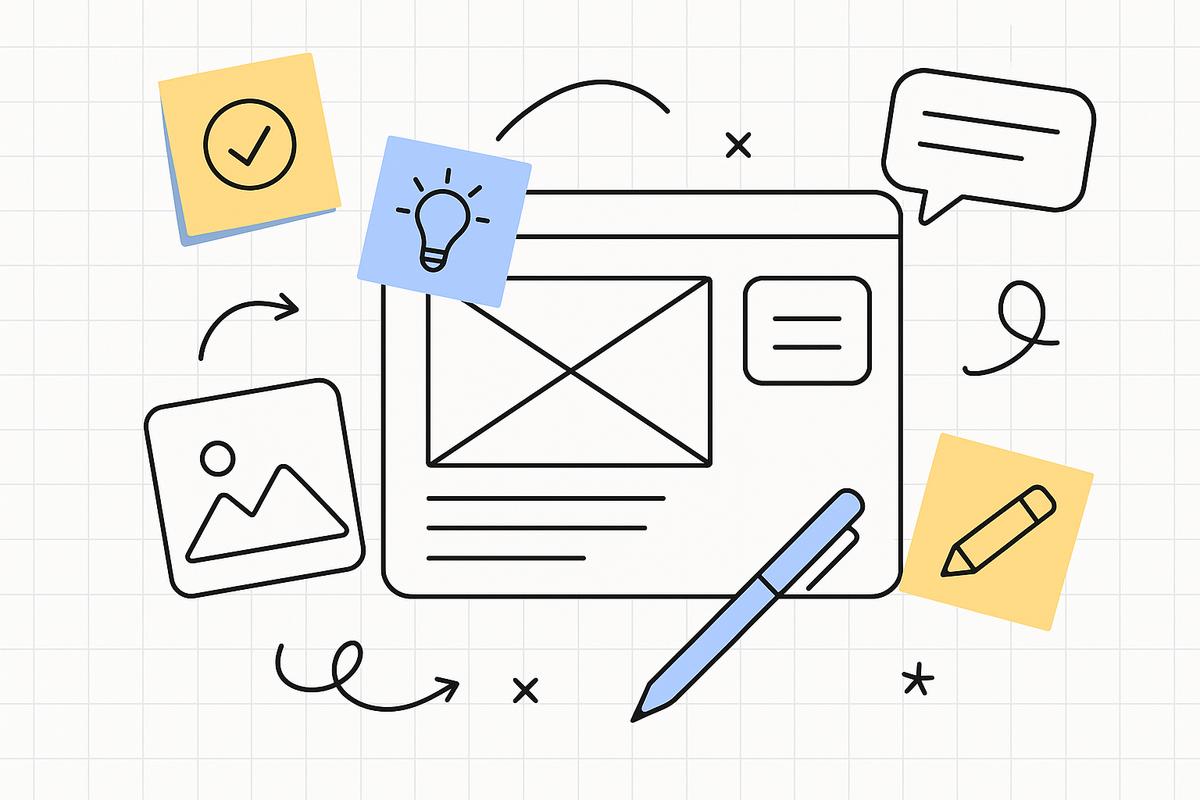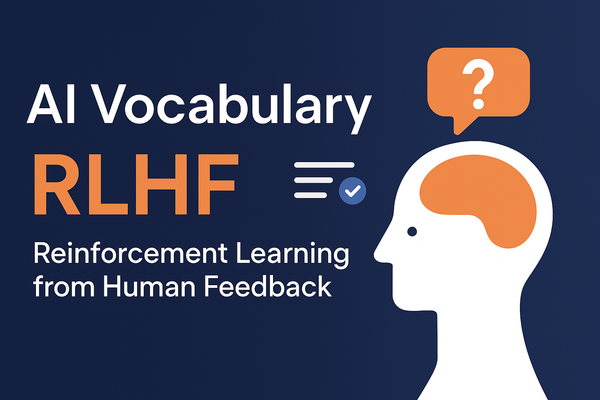Dark design patterns in search

You typed exactly what you wanted, or so you thought.
But somewhere between your keystrokes and the results on your screen, something shifted. Autocomplete nudged you toward a “more popular” query. The first page read less like an answer and more like an ad. And, before you knew it, the search you made had turned into the search they wanted you to make.
We think of search as a neutral and reactive tool. Type in a question, get an answer. In reality, it’s one of the more finely tuned behavioral steering mechanisms on the web. And when various design patterns are viewed in a morally grey light. In other words
" you’re not just finding; you’re being found. "
Now then, we might wonder how. There are a lot of things going on in a Search, but there are still patterns to the puzzle. In this piece, I want to dive into one of the foundations. Not unique to search in any way, but widely used: design patterns.
What Are Design Patterns?
Design patterns are the building blocks of our digital journeys. In the context of a Google search, they’re the recurring interface ideas that make the experience feel familiar. Autocomplete boxes that finish your thought, “people also ask” panels opening new rabbit holes, and filters narrowing an ocean of results.
In the SEO world, these patterns are more than conveniences; they’re levers that we can work with. They guide not just what we find, but how we think about the words we choose.
So what is this about them being sketchy and grey? Well, here is where "dark design pattern", as it's so ominously called, comes into play.
What are dark design patterns in search?
A dark design pattern takes that same friendly map and redraws it to serve someone else’s destination. The signposts still look helpful, but their arrows point toward higher-margin products, sponsored partners, or controversies that keep you clicking.
In search, a dark pattern might disguise an ad as an organic result, quietly bury relevant pages on the second or third page, or nudge your query toward terms that advertisers bid on most aggressively. It’s not deception in the cartoon evil sense. It’s more like a specific lens subtly reshaping your view until you don’t notice the bend.
How they connect to queries
Every search begins with a seed: the query you type. From an SEO standpoint, that seed is holding the raw intent of a user before any algorithm gets its clutches on it. But design patterns shape how that seed grows into results, and when those patterns are dark or greyish, they change the plant entirely.
An innocent search for “best running shoes” might autocomplete into “best Nike running shoes” or "best running shoes for men". A small nudge that cuts out competitors before the race even starts, even a “compare prices” query might default to a list already filtered to premium sellers posted by a bios company.
Here’s the quiet truth: in modern SEO, intent isn’t just something we uncover. It’s something the interface can manufacture, and good specialists know this. And when the interface belongs to the same company selling the top results, the seed you planted may not be what you expected.
A quiet challenge with real consequences
The Problem (if we can call it that) is with autocomplete and its friends; seemingly helpful and user-friendly SEO features. Can unintentionally (or deliberately) nudge users toward queries that reflect bias, lead to harmful content, or shape perception in ways that go well beyond mere convenience. For sites that aim to rank naturally and transparently, this becomes a challenge. Why? Well, simply because your content may be overshadowed by louder, more manipulative queries that users never really asked for. A good example is during the pandemic, when there was a huge debate about specifically autocomplete and whether the algorithm affected real-world bias. So I would say this is one of the more extreme cases.
Autocomplete and algorithmic bias in the real world
In 2020, during the height of the COVID-19 pandemic, Google’s autocomplete suggestions sometimes leaned toward misinformation or fear-inducing narratives when people searched for basic health information.
Typing phrases like “coronavirus is...” could prompt suggestions such as “man-made,” “a hoax,” potentially shaping perceptions before users even reach any results. Similar patterns appeared in multiple languages, with certain groups receiving more alarming or misleading prompts than others. While Google made adjustments after researchers and journalists raised concerns, critics noted the changes were reactive and piecemeal. Experts argued these patterns revealed structural bias in how algorithms prioritize and present information.
In SEO, Neutral or accurate content can be overshadowed by the way a query is framed when that framing comes directly from the search interface. We don't have full control.
Why it matters for SEO
Users may be nudged away from your ideal keyword or phrasing before they hit enter, and your carefully optimized “best practices” content might lose relevance if autocomplete and algorithms promote narrow phrasing. When algorithms promote brands, and creators need to decide: do we reactively follow, or proactively push a better conversation?
This is becoming more difficult as dark patterns in search don’t announce themselves. They’re not flashing banners or misleading pop-ups. They work quietly with examples like:
- Autocomplete manipulation: Steering you toward high-margin products, trending controversies, or advertiser-friendly phrasing.
- Buried alternatives: Placing genuinely relevant results just far enough down the list to make them statistically invisible.
- Disguised ads: Formatting promoted links to look indistinguishable from organic results.
This isn’t “bad SEO,” quite the opposite. Its design is intended to make you believe you arrived somewhere on your own when you were really guided there.
We know this why does it still work so well?
From my experiences, search feels personal, and I (or you) am the one in control. As users, we are alone with a text box, typing directly into a machine. I believe that perceived privacy lowers our guard, making us more susceptible to subtle shifts in framing and order. And unlike social feeds, where we today mostly expect bias. Search still wears a mask of objectivity. If the top result is there, we assume it earned its place.
To fight back: Can we search without the blinders?
Want my boring answer? Then "No, not really". And the convenience of the search bar makes it a hard habit to stop.
But while you can’t fully escape the influence of the search bar, you can blunt its edge or its effect on you. I can give three simple tips that won't take ages or require technical know-how (And will probably be rendered useless if AIO keeps going the way we see):
- Look beyond the first page (yes, it still exists).
- Re-type your query with altered wording to see how and if results shift.
- Compare across multiple search platforms.
These are small acts of resistance, but they remind you that you are the searcher, not the searched. Because the moment you stop noticing the hand on the wheel, you stop steering.




